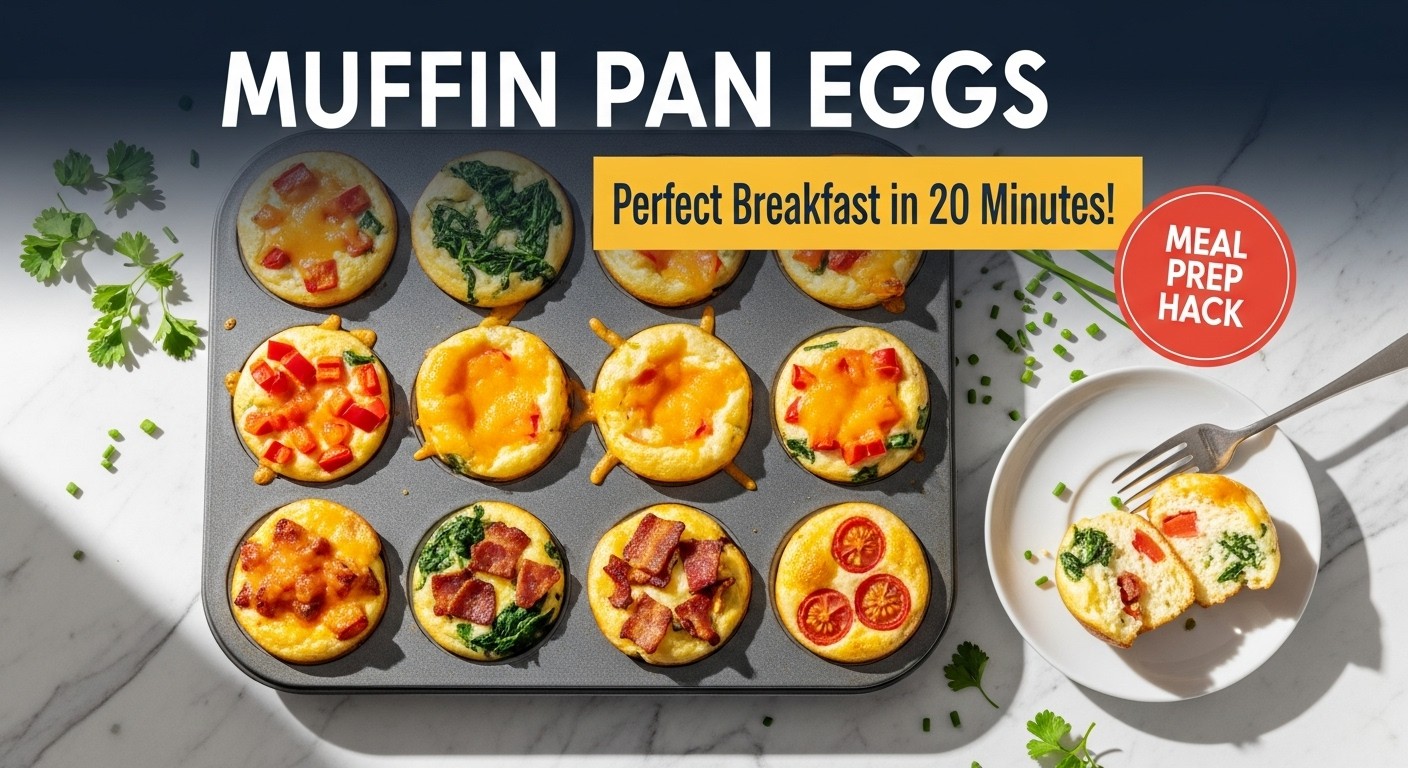
I'll never forget the morning I discovered this kitchen hack. I was rushing to prep breakfast for my family's weekly meal prep session, staring at a carton of eggs and wondering how I could make multiple servings without standing over the stove for an hour. That's when I spotted my trusty muffin pan sitting in the cabinet, and everything clicked. Since that day, cooking eggs in a muffin pan has become my go-to method for creating perfect, portion-controlled breakfast options that actually make weekday mornings manageable.
If you've been searching for how to cook eggs in a muffin pan, you're in for a treat. This method isn't just convenient—it's genuinely transformative for anyone who wants hot, homemade breakfasts without the morning chaos.
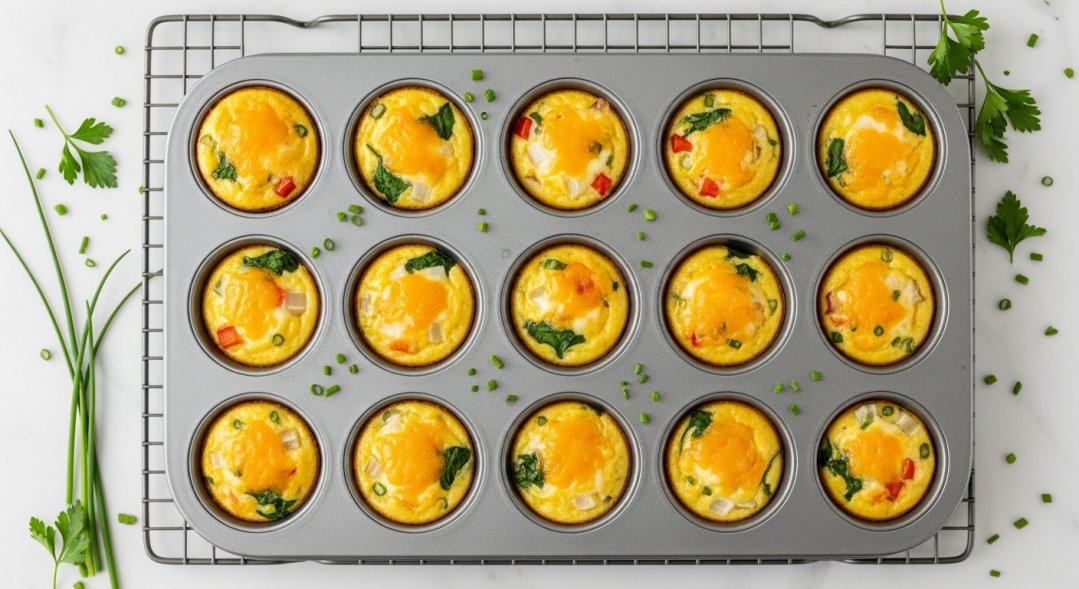
Why a Muffin Pan Changes Everything
Before I dive into the techniques, let me explain why this approach has stuck with me for years. Traditional egg cooking means you're tied to the stovetop, flipping, stirring, and timing everything perfectly. With a muffin pan, you simply prep your eggs, slide the pan into the oven, and walk away. The even heat distribution means every egg cup cooks uniformly, and you can make a dozen servings in the same time it would take to scramble eggs for two people.
The portion control aspect is another major win. Each muffin cup holds roughly one egg, which means you automatically create perfectly sized servings. For families, this eliminates the "who got more" debates. For meal preppers like me, it means you can grab exactly what you need throughout the week without guessing portions.
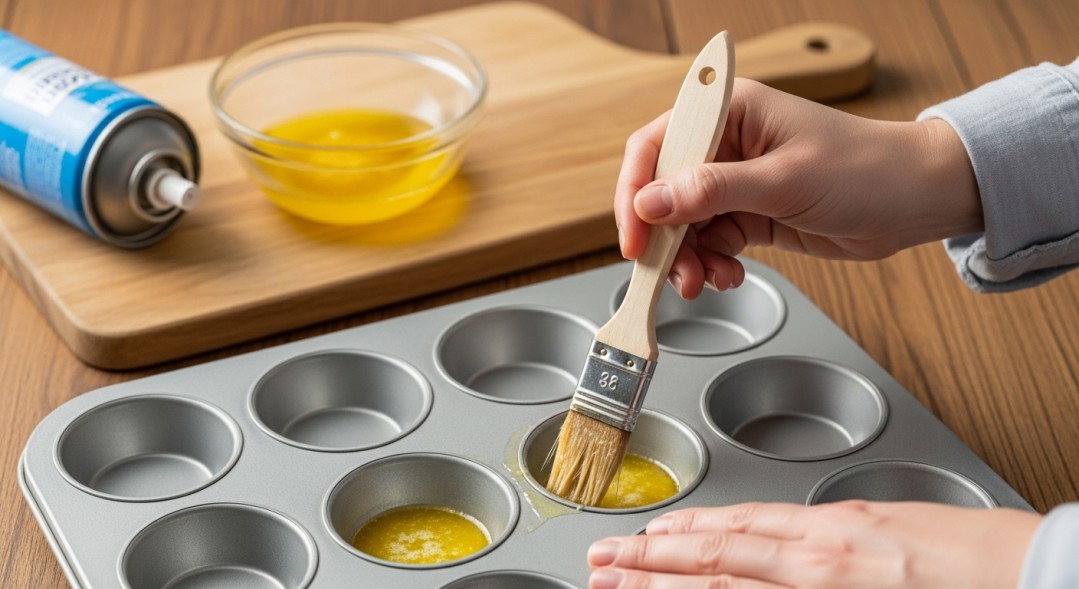
Getting Started: What You Need
The beauty of this method is its simplicity. You don't need fancy equipment or specialty pans. I use a standard 12-cup metal muffin pan that I've had for years. Non-stick versions work wonderfully, but even regular metal pans do the job with proper greasing.
Speaking of greasing, this step is non-negotiable. I learned this the hard way during my first attempt when I ended up Googling "how to clean egg out of muffin pan" at midnight because I'd skipped the greasing step. Trust me, you want to spray each cup generously with cooking spray or brush them with melted butter. Some people use paper or silicone muffin liners, which work perfectly if you prefer an even easier cleanup.
How to Bake Eggs in Muffin Pan: The Basic Method
Let me walk you through the foundational technique that works every single time. Preheat your oven to 350°F—this temperature is the sweet spot for fully cooked eggs that aren't rubbery. While the oven heats up, crack one egg into each greased muffin cup. Some people ask "can you cook eggs in muffin pan without any additions?" Absolutely. Plain baked eggs are delicious with just a sprinkle of salt and pepper.
But here's where it gets fun. Before the eggs go in the oven, you can customize each cup. I typically add diced bell peppers, crumbled cooked bacon, shredded cheese, cherry tomato halves, or sautéed mushrooms. The vegetables should be pre-cooked if they release a lot of moisture, otherwise your eggs will turn watery.
Now, how long to cook eggs in muffin pan? This is the million-dollar question, and the answer depends on how you like your yolks. For runny yolks, bake for thirteen to fifteen minutes. For fully set yolks that are still tender, go for eighteen to twenty minutes. I prefer twenty minutes because these egg cups reheat better throughout the week, and nobody wants a runny yolk surprise on Tuesday morning.
You'll know they're done when the whites are completely set and the tops look slightly puffed. They'll deflate a bit as they cool, which is totally normal.
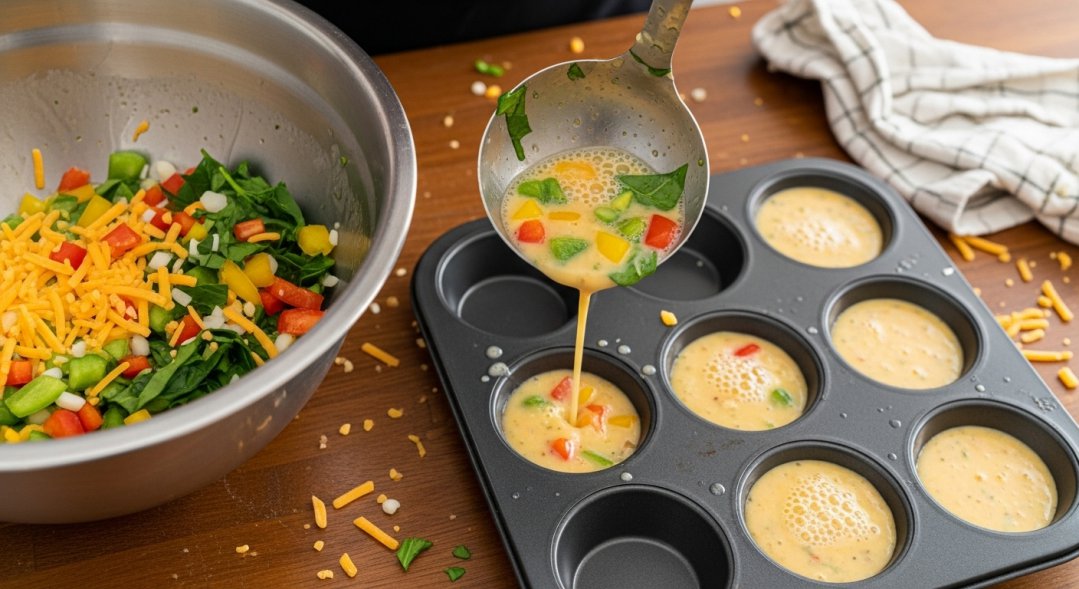
Cook Scrambled Eggs in Muffin Pan: A Different Approach
While baked whole eggs are fantastic, scrambled egg muffins have become my family's favorite variation. The process is slightly different but equally straightforward. Instead of cracking eggs directly into the pan, whisk them together in a bowl first. For a dozen muffins, I use ten to twelve eggs whisked with a quarter cup of milk or cream. This creates a fluffier texture.
Season your mixture generously—eggs need more salt than you think. Then add your mix-ins directly to the whisked eggs. This ensures even distribution across all the muffins. I love adding cooked sausage, diced onions, spinach, and cheddar cheese. The combination possibilities are genuinely endless.
Pour or ladle the mixture into your prepared muffin cups, filling each about three-quarters full. They'll puff up while baking, so don't overfill. Bake at 350°F for twenty to twenty-five minutes until the centers are set and the tops are lightly golden.
Make Egg Omelets in Muffin Pan: Individual Perfection
Here's a technique that impresses guests every time. To make egg omelets in muffin pan style, you're essentially creating mini frittatas with omelet fillings. The key difference from scrambled egg muffins is the ratio and technique. Use fewer eggs whisked with minimal milk for a denser, omelet-like texture.
I layer my ingredients strategically. First, a small amount of cheese on the bottom of each cup, then pre-cooked vegetables or meat, followed by the egg mixture poured over top, and finally another sprinkle of cheese. This creates distinct layers rather than a uniform mixture.
These take slightly longer to cook—about twenty-five minutes at 350°F—because the layering creates more density. The result is genuinely similar to individual omelets without the stovetop hassle.
The Muffin Cup Size Question
Many people wonder what size muffin pan for egg bites works best. Standard muffin pans are perfect for full egg servings. Each cup holds about three to four ounces, which accommodates one whole egg plus mix-ins comfortably. If you want smaller, bite-sized portions, mini muffin pans work too, though you'll need to reduce cooking time to about ten to twelve minutes and use less egg per cup—maybe half an egg or just egg whites.
I've tried both, and honestly, the standard size is more practical for actual meals. The mini versions are cute for parties or toddler portions, but they're fiddly to make in large quantities.
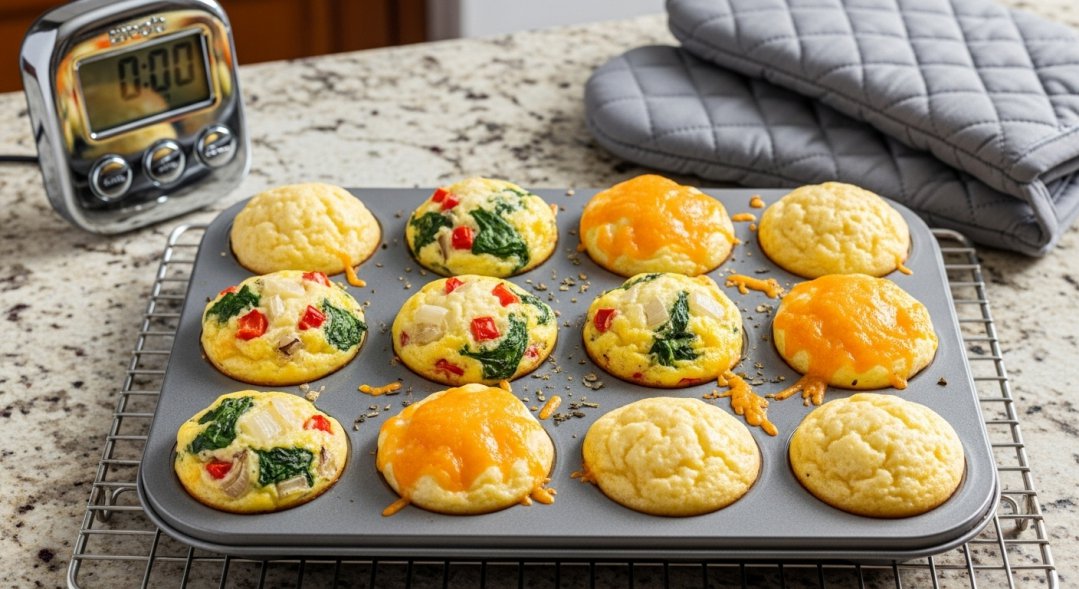
Can You Boil Eggs in a Muffin Pan?
I get this question surprisingly often, and the answer is sort of. You can't truly boil eggs in muffin pan in the traditional sense because there's no water involved. However, you can bake eggs in their shells using a muffin pan, which creates a similar result to hard-boiled eggs. Place whole eggs in the muffin cups and bake at 325°F for thirty minutes, then immediately transfer them to an ice bath.
Honestly though, I don't recommend this method. The texture comes out slightly different—a bit more rubbery—and sometimes you get brown spots on the whites. Traditional boiling or steaming produces better results for plain hard-boiled eggs. Stick to using your muffin pan for the cracked-egg methods I've described above.
Storage and Reheating: Making It Work for Meal Prep
The real magic happens when you realize these egg muffins store beautifully. Once they're completely cool, I pop them out of the pan and store them in an airtight container in the refrigerator. They last five to seven days, which makes them perfect for weekday breakfast meal prep.
For reheating, thirty seconds in the microwave brings them back to life. If you're heating multiple muffins, add ten to fifteen seconds. You can also reheat them in a 300°F oven for about ten minutes if you're not in a rush. I've even frozen them successfully—wrap individually in plastic wrap, store in a freezer bag, and they'll keep for up to three months. Thaw in the refrigerator overnight and reheat as usual.
Cleanup Considerations
Remember my earlier disaster? Let me save you from having to learn how to clean egg out of muffin pan the hard way. If you did forget to grease your pan and now have stuck-on egg, fill the pan with hot water and a squirt of dish soap. Let it soak for at least thirty minutes, preferably longer. The water softens the egg so you can scrub it away without destroying your pan.
For regular cleanup after properly greased pans, they wash easily by hand or in the dishwasher. I find that even with non-stick pans, a quick soak makes cleanup effortless.
My Final Thoughts
Learning how to cook eggs in a muffin pan genuinely changed my morning routine. What used to be a stressful rush of cooking eggs to order has become a simple grab-and-go situation. My kids can choose their favorite flavors from the refrigerator, my husband can heat his breakfast while getting ready for work, and I don't have to stand over a hot stove before my coffee kicks in.
The versatility of this method means you'll never get bored. Change up your vegetables, try different cheeses, experiment with herbs and spices, or keep things simple with just eggs and salt. Whether you're meal prepping for the week, hosting a brunch, or just trying to get breakfast on the table without chaos, the muffin pan method delivers consistent results every single time.
Give it a try this weekend. I think you'll find yourself wondering, just like I did, why you didn't discover this sooner.
Leave a Reply